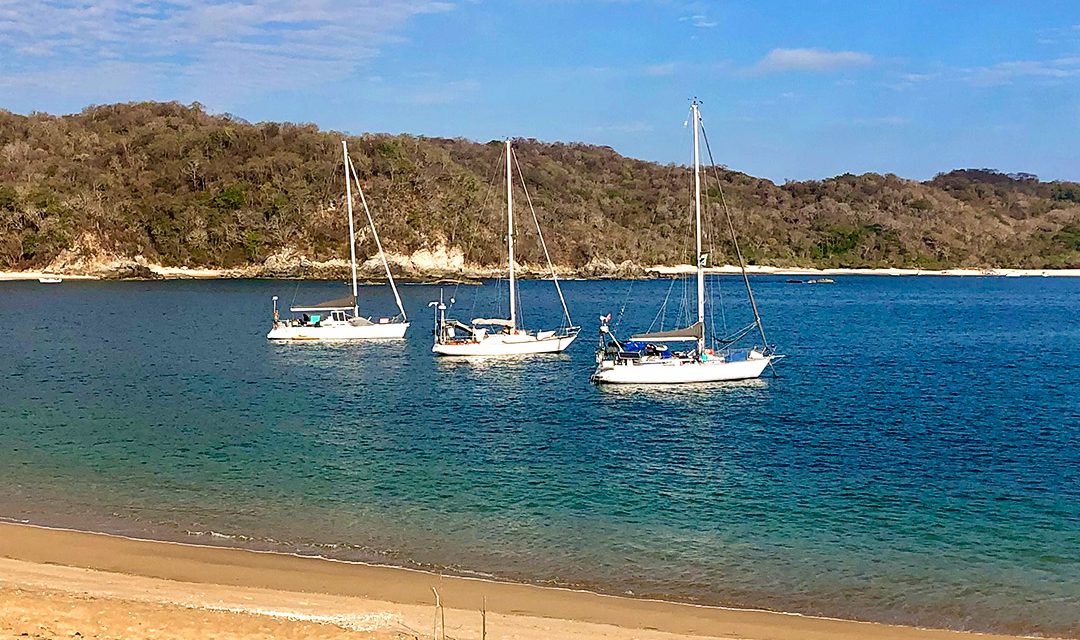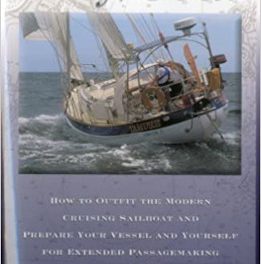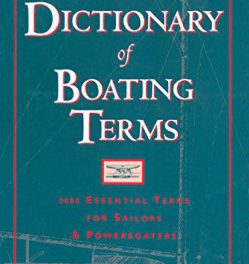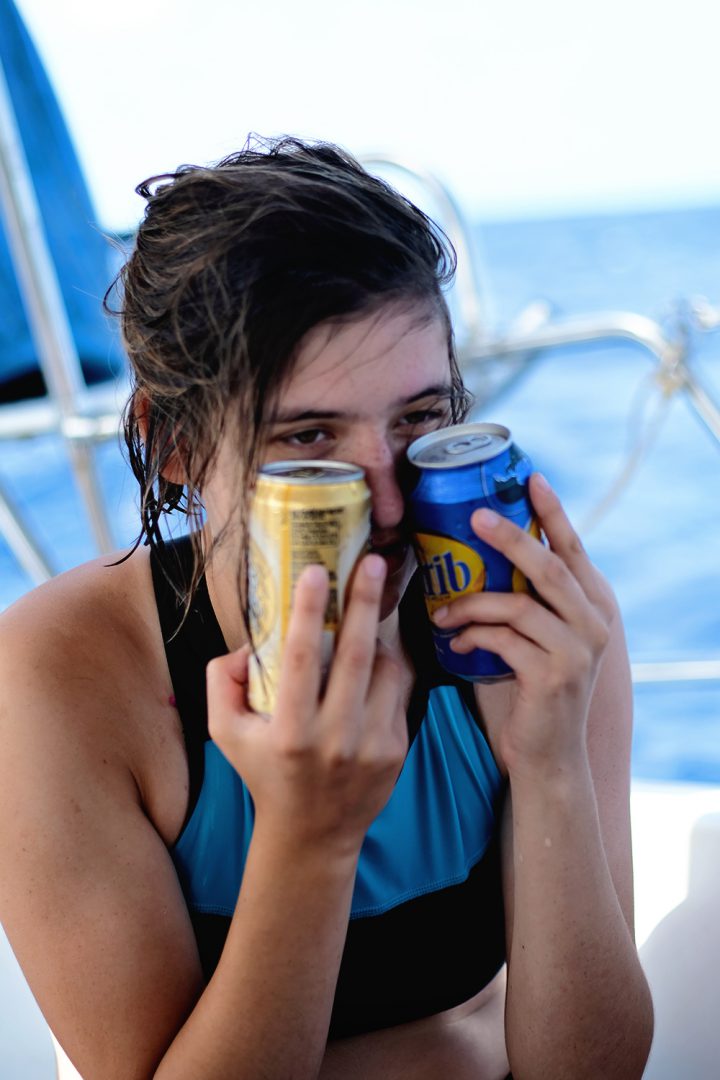How to set a stern hook for a better night’s sleep.
Getting a good night’s sleep at anchor is bliss. Gently rocking in your berth and drifting off to sleep, only to wake in the same spot, is the definition of peace. Not every night on the hook is like that though. Drop your anchor in a stiff breeze and any amount of swell, and you may find your boat riding like an untamed horse. Wind, current, and swell can set the boat into all sorts of uncomfortable cross directions.
When this happens, gear can slide, doors clang, and the bones of the boat creak. Peace is guaranteed to be far from anyone’s mind when rocking fore and aft and rolling side to side. This motion can feel extremely chaotic, stressful even, and you may begin to question the security of your hook.
Fortunately, there are steps you can take to ease this concern and slow your boat to a kinder motion. On our 37-foot Dick Carter designed sloop, Arrow, we often set our stern anchor in short order after our bow anchor. Though we always look for a mirror-calm anchorage protected from too much wind and swell, such conditions are not always found while coastal cruising. Swell finds a way into the lee of an island or wraps around a seemingly protective point. Therefore, we make setting our stern anchor part of our routine.
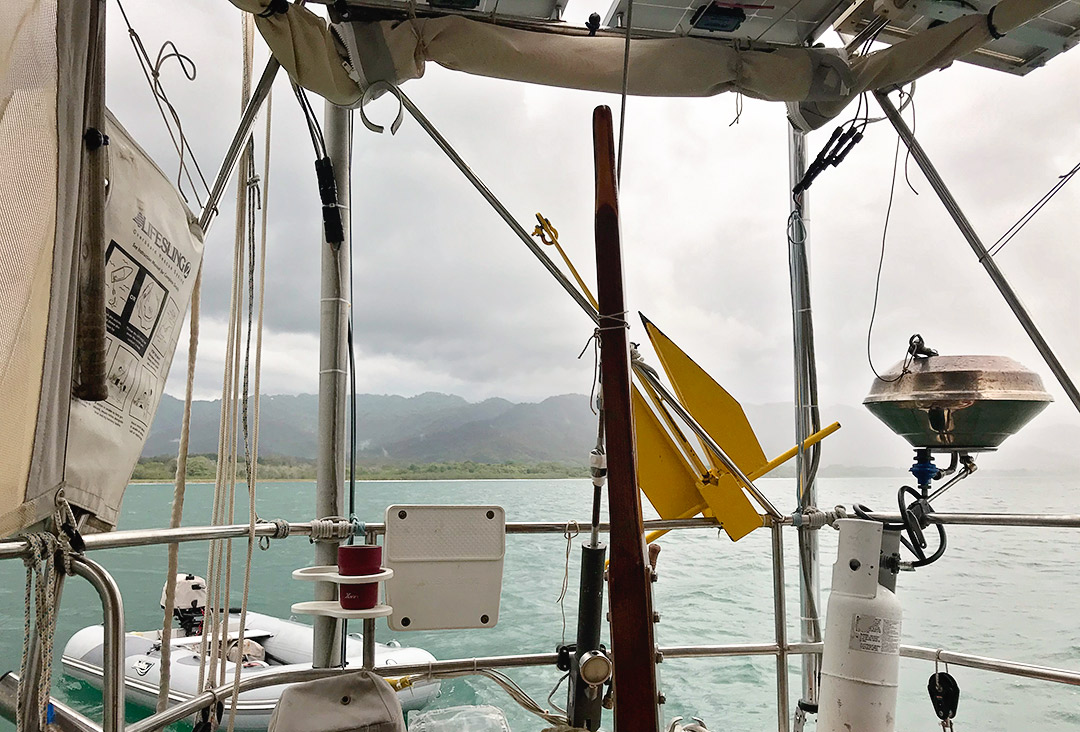
We keep a stern anchor and a dedicated 80-foot line of ⅝ double-braid mooring line at the ready, attached to the stern rail. We fix the stern line to the anchor with an anchor bend backed up with a seizing. Danforth anchors are great for stern anchors, and the relatively lighter weight of a Fortress type is easiest on the back.
One of the first considerations in assessing an anchorage is to keep Arrow’s bow into the prevailing swell, as rocking fore and aft is more comfortable than side to side. Ideally, the wind and the swell are in line, although this is not always the case.
After setting the bow anchor into the wind, we let out extra scope forward—roughly the length of the stern anchor rode plus some extra. We hold tight on the bow anchor while taking the stern anchor out to its limit directly behind the boat. Setting a stern anchor in a multitude of conditions is good practice and can be done with or without a dinghy.
With a dinghy, an outboard engine can help pull the stern into the desired direction, but setting the stern anchor can also be done by rowing. On Arrow, one person gets in the dinghy with the stern anchor and motors back from the stern in the opposite direction of the swell. The person at the helm pays out the stern anchor’s rode while backing down in reverse against the bow anchor. We then put the stern rode on a cleat with a few feet to spare; we want to leave enough line to work with should we need to make adjustments.
Once the dinghy has the stern anchor rode taut and the boat is in line with the swell, we drop the hook off the dinghy to the bottom. At this point, the person on the big boat shifts it into neutral. The weight of the bow anchor chain will start to pull the boat forward, giving a slight tension on the stern anchor rode, thereby setting the stern anchor.
Stern anchoring can also be done without a dinghy. Initially, let out a bit more bow anchor rode and motor back on the bow anchor rode keeping it tight while holding the bow into the swell. Drop the hook off the stern to the bottom. With the stern anchor down, put the big boat in neutral. Again, the weight of the bow anchor chain will start to pull the boat forward. Pay out the stern anchor rode while drifting forward. Once you feel you have adequate scope on the stern anchor, check the rode on a cleat to set the stern anchor.
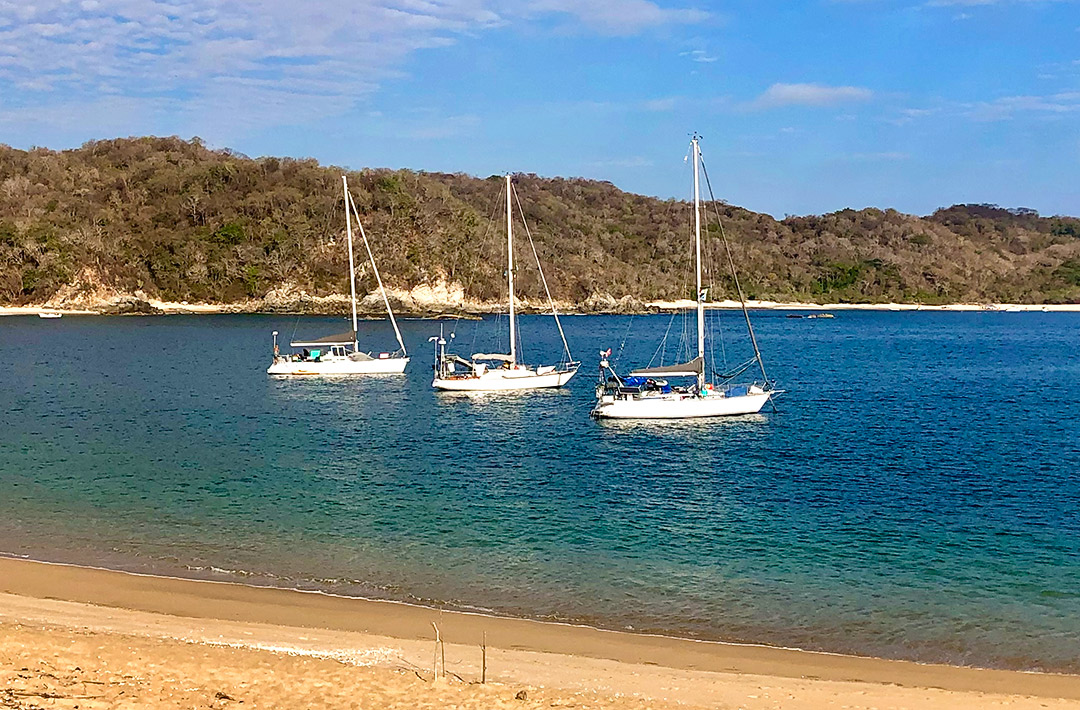
With or without a dinghy, we return to the bow to pull in on the slack on our forward anchor, as we want to end up with enough scope on both anchors so neither drags. We aim to let the weight of the bow chain slightly tension both rodes.
Besides mitigating the effects of swell, a stern anchor is also useful when anchoring in a tight spot with limited swing room, like behind a reef or in small anchorages. We have also found our stern anchor helpful when anchoring with other boats. When multiple boats set bow and stern anchors, we can sit side-by-side comfortably in a smaller footprint, as the stern anchor eliminates the swing room that would otherwise be necessary in an anchorage.
One thing to keep in mind in terms of etiquette when stern anchoring is to be aware of how other boats are set up near you. Generally speaking, if you come into an anchorage and find that other boats are stern anchored, follow their lead. Or, if setting a single hook, drop it far enough away so as not to swing too close when the wind or current shifts.
Strong crosswinds can present a variety of skill-building challenges on the stern anchor set, and sometimes we have to try several times to make it work. With practice, however, this routine has made for many more comfortable nights on the hook in a variety of anchorages.

